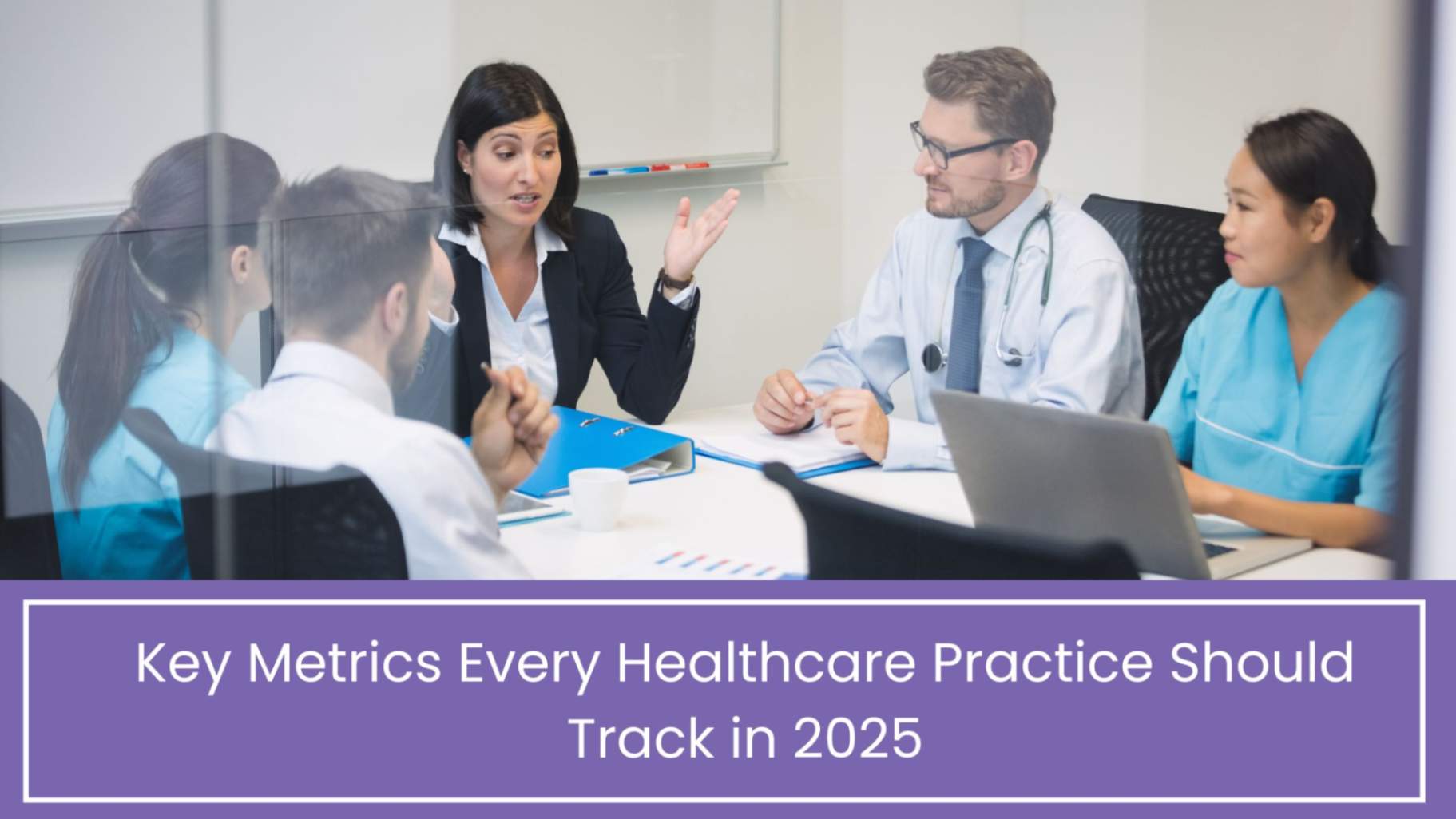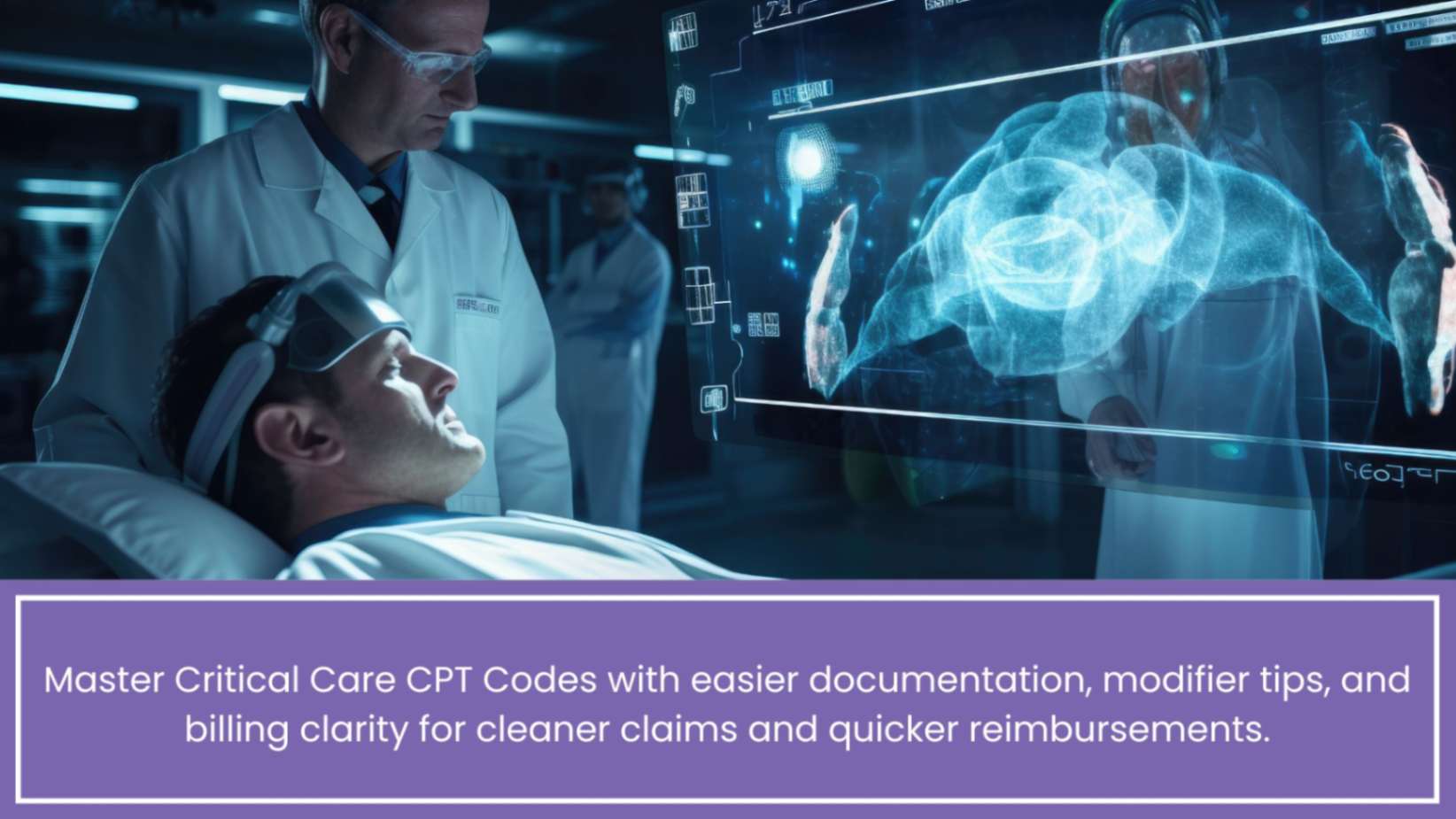Key Metrics Every Healthcare Practice Should Track in 2025
In the year 2025, healthcare professionals is going to be performing tasks within a complex and constantly changing setting. Organizations are dealing with a number of issues, such changing requirements for patients, advancements in technology, changed rules, along with financial limitations. Under this case, ensuring amazing medical services will currently not necessary. Organizations have to take a data-driven strategy to be effective, closely tracking crucial metrics that can provide invaluable insight towards success, efficiency, along with general health.
At Practolytics, they understand the advantages of key metrics every healthcare practices should track in 2025 take smart choices to achieve sustainable growth. We think that practices may pinpoint areas for improvement, allocate resources optimally, improve patient experiences, and eventually boost their bottom line by concentrating on the appropriate indicators.
What are the key indicators that every healthcare practice should be closely watching as we negotiate the chances and difficulties of 2025? Let’s examine a few of the most important indicators:
1.Patient Acquisition Cost (PAC): Understanding Your Growth Engine
Effectively acquiring new patients is crucial in a competitive industry. A patient’s average cost of acquisition is measured by the Patient Acquisition Cost (PAC). You can assess the success of your outreach and marketing initiatives with the aid of this measure.
Methods for Computing: Total Marketing and Sales Costs / Total New Patients Received
Why it Matters: A high PAC indicates that your patient acquisition strategies are expensive and potentially inefficient. By monitoring this indicator, you may find the most cost-effective channels, maximize your marketing budget, and target the proper patient demographics with your outreach.
Practolytics Insight: You can follow PAC across many marketing efforts using our analytics dashboards, giving you a clear picture of which tactics are yielding the highest return on investment.
2.Patient Retention Rate: Cultivating Loyalty for Long-Term Success
It is more economical and essential for long-term stability to retain current patients rather than seek out new ones. Your patient retention rate is the percentage of clients that continue to use your services over time. This metric demonstrates how effectively your services sustain patient interest.
This can be calculated: Number of active patients at the beginning of the period/number of new patients during that time. Then multiply the result by 100.
Important markers of a high retention rate include patient happiness and loyalty. Patient satisfaction and loyalty are shown in a high retention rate. Your practice demonstrates value and cultivates enduring patient relationships. This is evident through your practice’s actions. A poor retention rate can indicate problems with communication, service quality, or patient experience. It can also indicate issues with the overall patient experience.
Practolytics Insight identifies patient churn. It helps pinpoint the root causes of churn and enables targeted strategies to boost patient retention.
3.Patient Satisfaction Scores (e.g., Net Promoter Score – NPS): Gauging the Patient Experience
Patient experience is important in today’s patient-centred healthcare. That’s a key differentiator in this kind of setting. Net Promoter Scores and other measures of patient satisfaction are useful predictors of whether or not a patient will recommend your clinic. These ratings show their potential to recommend your services.
The percentage of promoters who assign you a score between 9 and 10 is known as the NPS calculation. The percentage of critics that assign you a score ranging from 0 to 6.
Why It Is Important: High satisfaction ratings promote positive word-of-mouth referrals, a powerful and cost-effective patient acquisition strategy that also aids in patient retention. Low scores highlight areas where the patient experience needs improvement.
Practolytics Insight: Our system makes it easier to gather and examine patient feedback via surveys and other means, yielding useful information to improve the patient experience.
4.Revenue per Patient: Maximising the Value of Each Patient Relationship
In a given time period, revenue per patient is the average amount of money earned from each patient. This measure helps you understand how your patient population affects your bottom line.
How to Determine It: Total Revenue / Total Patients
Why It Is Important By monitoring this indicator, you can spot chances to boost income through better billing procedures, a wider range of services, and increased patient interest in your products.
Practolytics Insight: Our financial analytics tools provide a clear view of revenue per patient, segmented by service line and other relevant factors, enabling you to optimize your revenue streams.
5.Accounts Receivable (AR) Days: Ensuring Healthy Cash Flow
Effective revenue cycle management is essential to any practice’s financial stability. The average number of days it takes for your practice to get paid after services are provided is measured by accounts receivable (AR) days.
How to Do It: Average Daily Revenue / Total Accounts Receivable
Why It Is Important Payment delays are indicated by a large number of AR days, which can put a pressure on your cash flow. You can find bottlenecks in your billing and collection procedures and put plans in place to speed up payments by keeping an eye on this metric.
Practolytics Insight: To enhance cash flow, our revenue cycle management solutions automate follow-up procedures, detect aging claims, and track AR days in real-time.
6.Appointment No-Show Rate: Minimizing Lost Productivity
No-shows from patients are a major source of lost income and resource waste. The Appointment No-Show Rate is the proportion of scheduled appointments that patients miss without canceling beforehand.
(Number of Appointments Not Shown / Total Number of Appointments Scheduled) x 100 is the calculation method.
Causes for Concern: A high percentage of no-shows has an impact on scheduling, physician productivity, and income. By monitoring this indicator, you may put no-show prevention tactics into place, such appointment reminders, confirmation calls, and explicit cancelation policies.
According to Practolytics Insight, our platform provides communication tools and automatic appointment reminders to reduce no-shows and maximize scheduling effectiveness.
7.Staff Productivity Metrics: Optimizing Resource Utilization
Reducing expenses and increasing output need effective worker utilization. The amount of time spent on administrative duties as opposed to patient treatment, staff satisfaction, and the number of patients each doctor sees each day are some important indicators to monitor.
This is important because you can identify places where your process needs to be improved by monitoring these indicators. Team performance improves and resources are used more effectively as a result.
You can maximize staff productivity and boost overall efficiency. Practolytics offers insights on patient flow, task management, and staff scheduling.
8.Cost per Visit: Understanding the Economics of Patient Care
The average expense of providing care for each patient visit is measured by the cost per visit. Understanding the financial effectiveness of your service delivery depends on this metric.
How to Calculate: Total Operating Expenses / Total Number of Patient Visits
Visit cost monitoring identifies areas where expenses can be reduced. This allows for maintaining quality care while minimizing costs. It facilitates the process of making well-informed choices regarding price and resource allocation.
Practolytics Insight: You can find chances for cost optimization by using our financial reporting tools, which offer a thorough breakdown of expenses related to patient visits.
Conclusion: Data-Driven Decisions for a Healthier Future
Healthcare practices need to move beyond intuition, and it is going to be no longer feasible. The healthcare sector requires the ability to gather, evaluate, and act upon critical performance data. This ability is essential for long-term success. The contemporary healthcare industry requires the ability to gather, evaluate, and act upon critical performance data. This ability is crucial for handling the complexities of the industry.
Giving healthcare practices the tools and information they need to be successful is the goal of Practolytics. We think that healthcare practices should be empowered with the resources and assistance they need. We provide analytics tools to assist you keep an eye on key metrics. They also help you understand your practice’s operations. Adopting a data-driven strategy can streamline operations. This, in turn, can boost patient satisfaction, strengthen finances, and create a more robust and prosperous practice.
Don’t let important facts go unexplored. Unlock the potential of metrics with Practolytics to propel significant advancements in your medical practice in 2025 and beyond.
For long-term success in the ever-changing healthcare industry of today, data-driven decision-making is crucial. The key performance indicators that healthcare practices need to keep an eye on in order to prosper in the face of changing obstacles are examined in Decoding Success: Key Metrics Every Healthcare Practice Should Track in 2025. This informative blog deconstructs the most important figures, from revenue per patient and appointment no-show rates to patient acquisition costs and retention rates. Find out how monitoring key metrics can increase staff efficiency, streamline operations, improve financial performance, and improve patient satisfaction. You’ll learn how to use Practolytics actionable insights and tools to leverage data for more intelligent planning and long-term success. Start using data to your advantage by reading the entire blog and preparing your practice to confidently handle the expectations of 2025.





